This re-evaluation also considered substances for which HRVs were exceeded only during the first year of life or for which there was a risk of HRVs exceedance when aggregating intake from diapers with that from other potential sources of exposure. The group has more than 9, members, a number that's growing daily. Apart from the countless websites set up by eco-conscious groups or purveyors of organic diapers, very little scientific literature exists on the chemicals diaper manufacturers use. And how are … people around me experiencing this every day? The French agency concluded that long-term health risks cannot be excluded for babies and that regulatory actions have to be taken to ensure the safety of diapers. Dioxin exposure, from infancy through puberty, produces endocrine disruption and affects human semen quality. I urge the Commission to urgently remedy this and set high EU standards for healthier single use diapers. GET IT! First, similarly to PAHs, fragrance chemicals were not measured with an adequate analytical method and therefore, again, ANSES based its risk assessment on LOQ values, which are a poor proxy of the effective exposure. Virginia takes steps to track 'forever chemicals' in water sources.
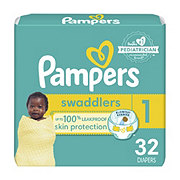
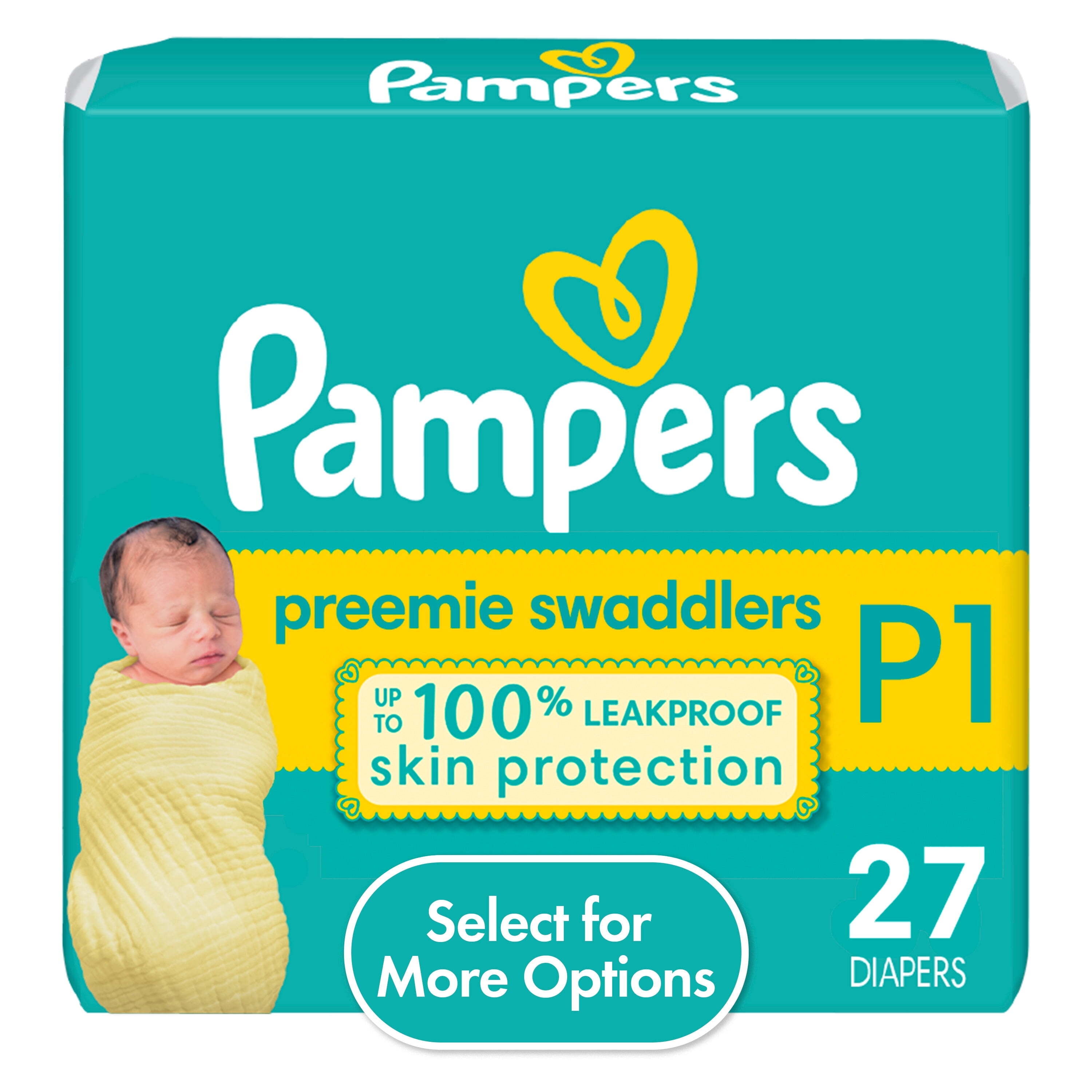
Kerger B. Hot Picks Rajya Sabha Election Reduced sperm count at adult age in humans. February 22, A popular solution to diaper need are diaper banks. Risk assessment of polycyclic aromatic hydrocarbons PAHs in diapers with the scenario 2. The exposure risk to PFAS through the skin is not entirely clear, however, previous lab research by the National Institute for Occupational Safety and Health found that PFAS skin exposure poses similar health risks as ingesting the chemicals via food or water. Edward F. Chemical Agents and Related Occupations. This assumption, however, is strongly challenged by animal studies showing that PAHs applied dermally induce only skin tumors.
Step 1: Ensure Safety at the Source
Age- and concentration-dependent elimination half-life of 2,3,7,8-tetrachlorodibenzo-p-dioxin in Seveso children. Risk assessment conducted by ANSES for other compounds detected or quantified in diapers at potentially unsafe levels. They are: Formaldehyde is classified as carcinogenic in humans, mutagenic and triggers allergic skin reactions. Over the last two decades, there have been significant innovations in the manufacturing of baby diapers. The EU must step up and ban those substances in nappies and ensure a toxic-free environment for all. Environmental Protection Agency-certified lab and found levels of organic fluorine ranging from 10 parts per million ppm to ppm. The mechanism by which benzo[a]pyrene induces carcinogenicity is through its mutagenicity, a mechanism that presumably applies to all types of tumors, regardless of the route of exposure [ 10 ]. Diaper banks are far from a perfect fix, but advocates and lawmakers are pushing for more systemic solutions. Disposables are intended to wick away as much liquid as possible from the surface of the baby's skin, while containing solid waste as best as possible through a snug fit, cuffs and a cinched waistband fitted with adjustable tabs. Farmers Protest Live. Gyanvapi Mosque. We also work with families around the world who test our products and provide real-time feedback. In chronic oral bioassays, benzo[a]pyrene induces mainly tumors of the digestive tract forestomach, esophagus, tongue, larynx, liver.
Toxic chemicals in baby diapers a huge risk: Study | Delhi News - Times of India
- Exposure scenarios.
- Copy Download.
- The possibility of nonmonotonic relationships could be invoked to causally link these parallel downwards trends but this would not be consistent pampers usa risks the dose-dependent decrease in sperm count with increasing dioxin exposure observed in the Russian study [ 27 ].
- But contamination could return, so the agency asked the EU to strictly limit the chemicals in nappies.
- Modern diapers offer health benefits by reducing the risks of diaper dermatitis, which is one of the most common skin diseases during infancy [ 12 ].
Partnering with EHN. Environmental Protection Agency-certified lab and found levels of organic fluorine ranging from 10 parts per million ppm to ppm. The report builds EHN. The exposure risk to PFAS through the skin is not entirely clear, however, previous lab research by the National Institute for Occupational Safety and Health found that PFAS skin exposure poses similar health risks as ingesting the chemicals via food or water. In addition, babies and infants are the most vulnerable to health impacts from PFAS and others toxics. We already know that exposure to these chemicals can cause problems in pregnant women, but the effects on babies at this young age are mostly unknown. What other harmful compounds are in diapers? Some of these compounds would be listed as ingredients, but many would not. Watch out for undisclosed fragrances, dyes, lotions and any waterproofing fabrics — all of which could be a sign of harmful compounds. Articles written and posted by the newsroom staff at Environmental Health News. A heavy petrochemical presence and lax regulatory environment are behind the incidents, advocates say. The lawsuit highlights a story that is becoming all too common across the United States as PFAS contamination has been uncovered in other farms across the US in recent years. The EU recently banned U. Here, the chemical disproportionately harms overburdened communities. Environmental Health News. Powered by RebelMouse. What diapers are PFAS-free?
She needed two packs of size 3 diapers to get through the week, but volunteer diaper distributors had already run out of size 3s. She took the next size up instead, along with a box of fresh fruit, and headed home. A mother of three who works full-time in a kitchen, Montero says she spends more than half of her monthly income on rent, pampers usa risks. But she says her income is too high to be eligible for federal help. Hear Viridiana Montero talk about navigating the diaper crisis without federal support:. Montero feels stuck: Sometimes she cannot work because she cannot afford the food and diapers required at the in-home daycare center she uses. She wonders how to survive without going deep into debt. Lack pampers usa risks access to diapers risks pushing working parents and their families into poverty in other ways, too. A lack of diapers can affect parent and pampers usa risks health: babies who use the same diaper for too long risk skin irritations, urinary tract infections UTIspampers usa risks, and disrupted sleep, while studies show that parents who are short on diapers face increased risks for post-partum stress and other mental illness. Race also plays a part in inequities in diaper access.
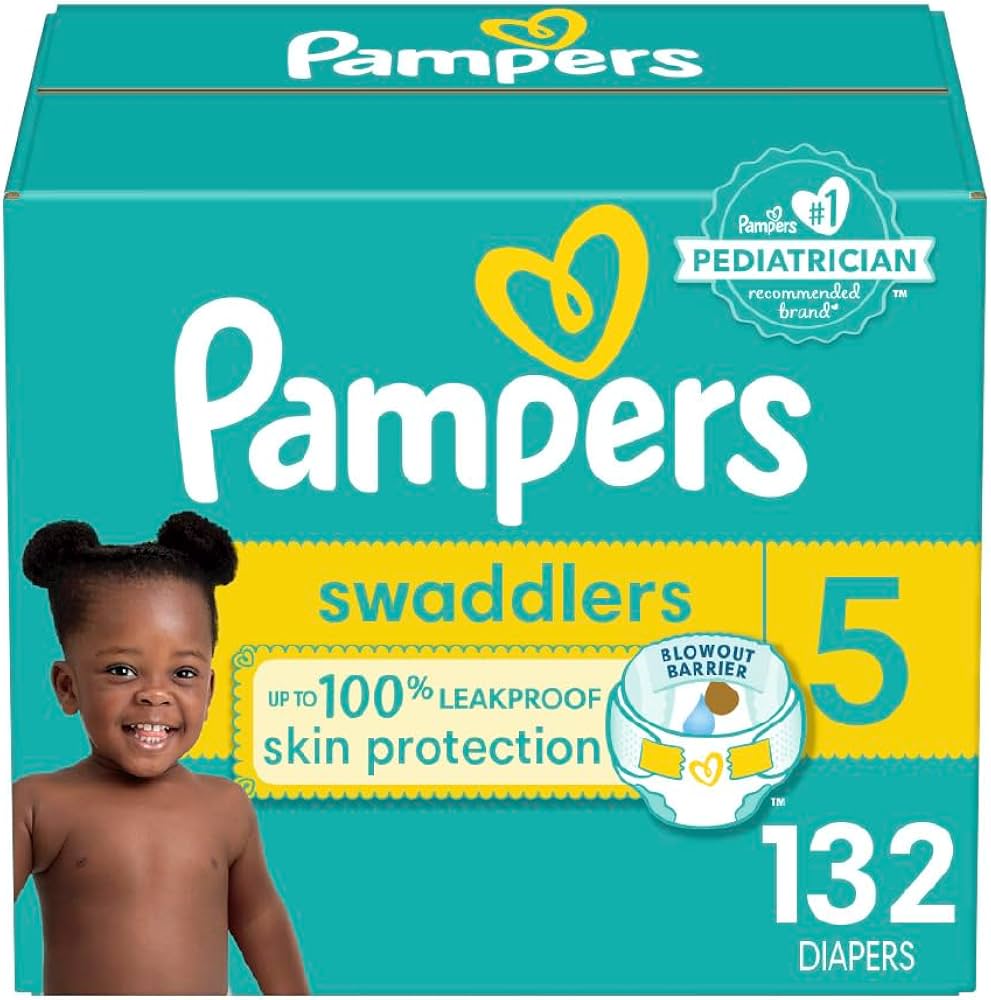
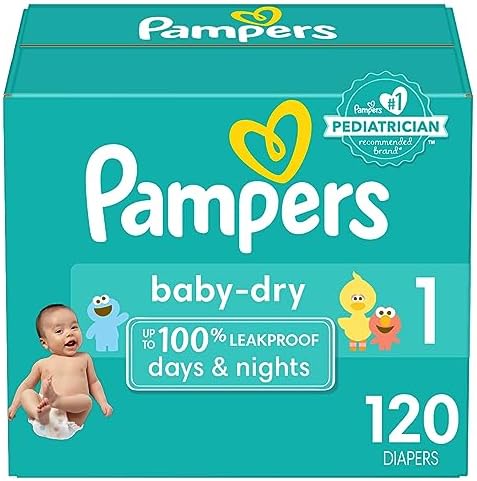

Pampers usa risks. You’ve Got Questions—and You’re Not Alone
Most of the chemicals disrupt hormones, the officials say [3], a property that means they have no safe exposure level [4]. ANSES followed-up by testing 9 brands in and found only one of the chemicals still present, formaldehyde, a carcinogen, pampers usa risks. But contamination could return, so the agency asked the EU to strictly limit the chemicals in nappies. That proposal is being resisted by EU institutions. The European Chemicals Agency acknowledges [6] potential risks, said the chemicals should not be present, pampers usa risks, but claims the French failed to properly demonstrate a risk pampers usa risks children. That position is flawed, NGOs say. Yesterday, the European Commission missed a legal deadline [7] to respond to the French proposal, stalling consumer protections for months or years [8]. Incredibly, this situation is perfectly legal. French pressure forced manufacturers to clean up their act, showing that it is pieluchomajtki pampers junior possible. But as soon as the pampers usa risks are gone, the problem could be back. The Commission recently pledged to protect children from chemical hazards.
More from HPH
Federal government websites often end in. The site is secure. Concentrations of chemical substances in diapers used in this review can be found in the ANSES report in French [ 7 ]. The levels of formaldehyde and some fragrances were also considered potentially unsafe. Therefore, ANSES concluded that actions have to be taken to restrict levels of these contaminants in diapers.
For the extraction from whole diapers, the diapers were soaked three times with mL of synthetic urine at 15 min intervals.
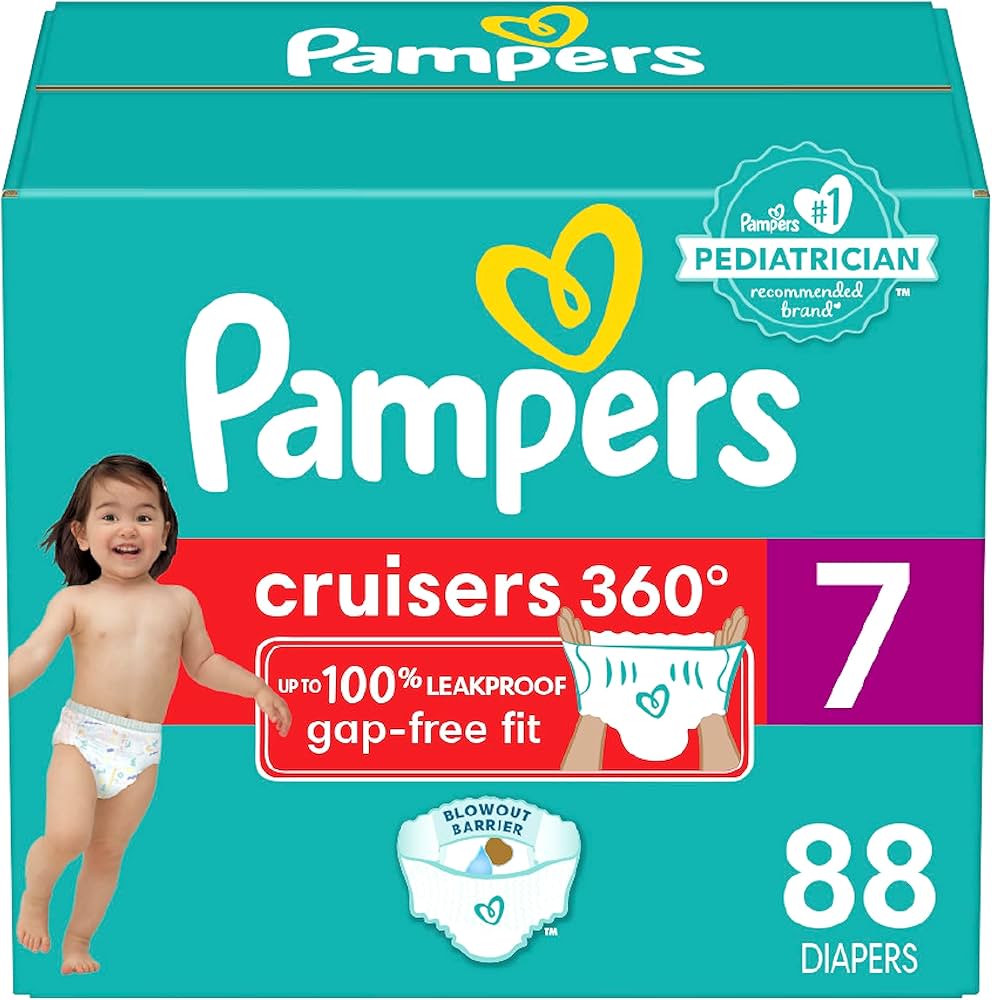

0 thoughts on “Pampers usa risks”